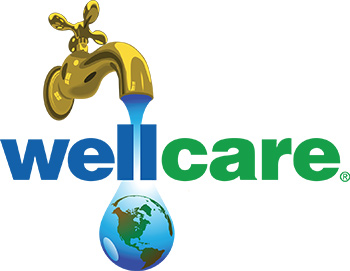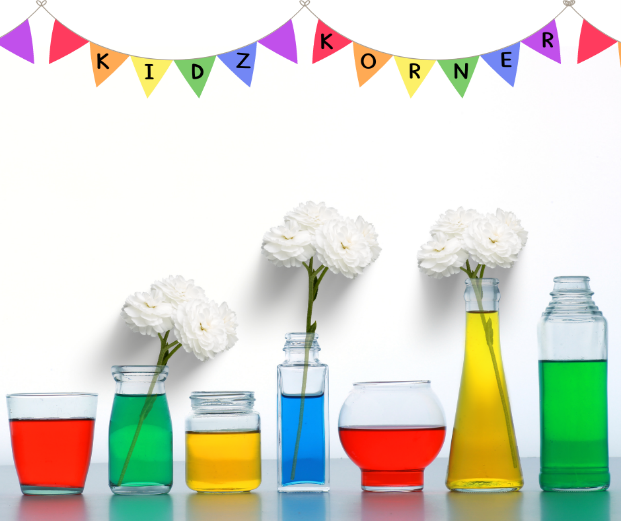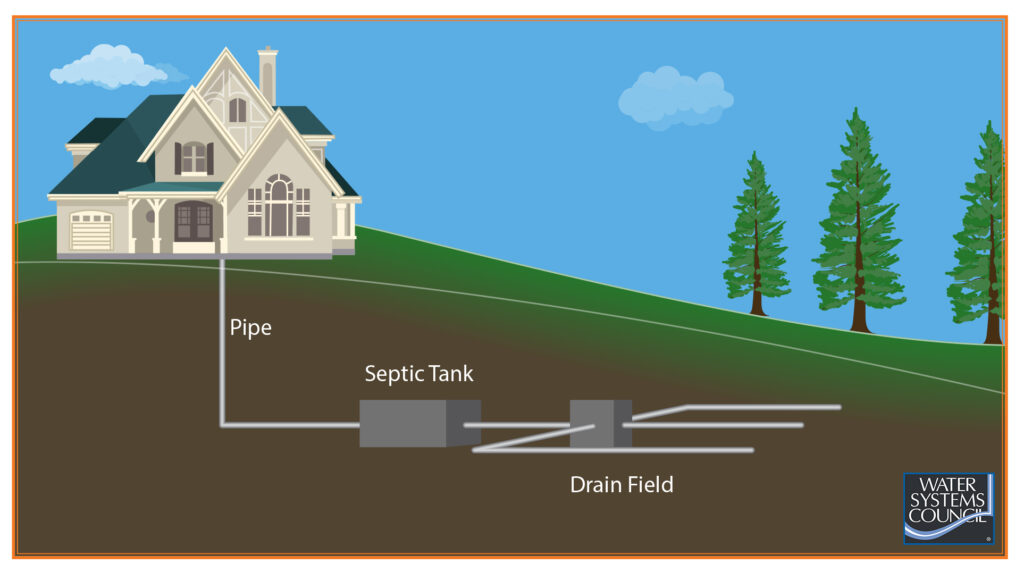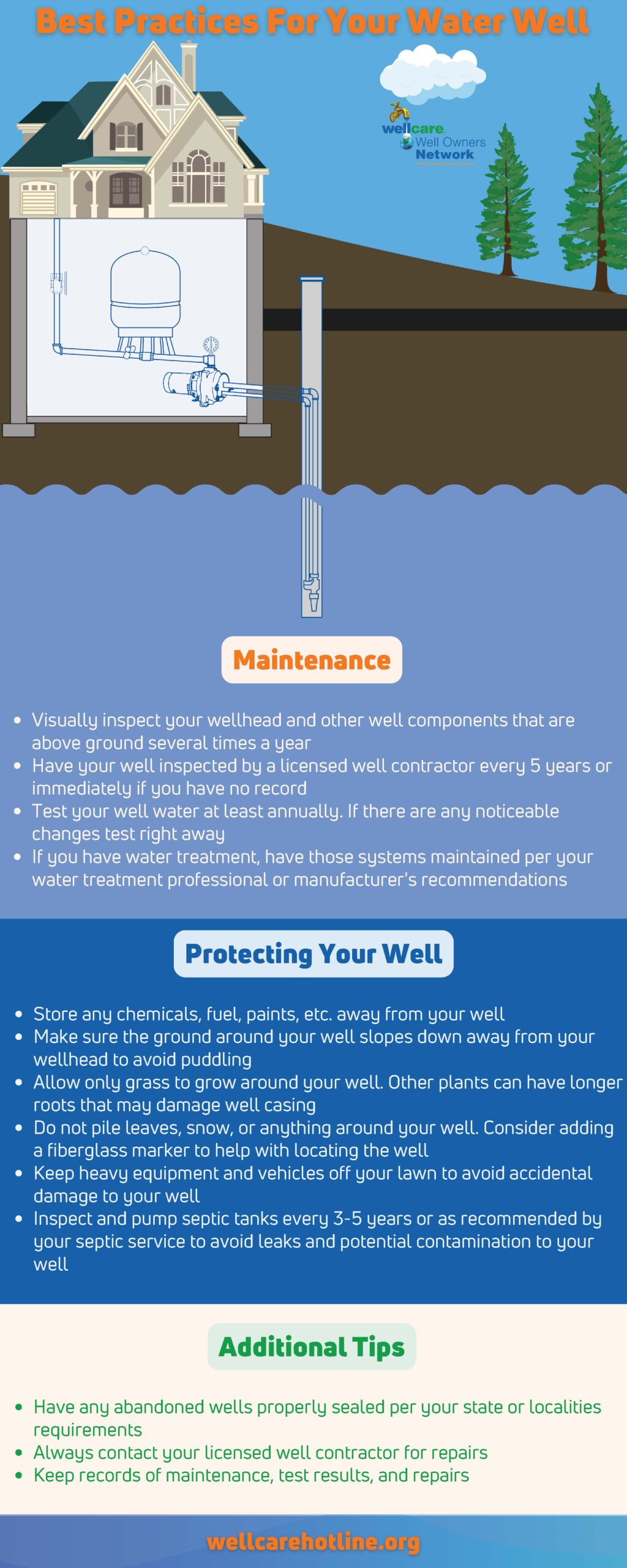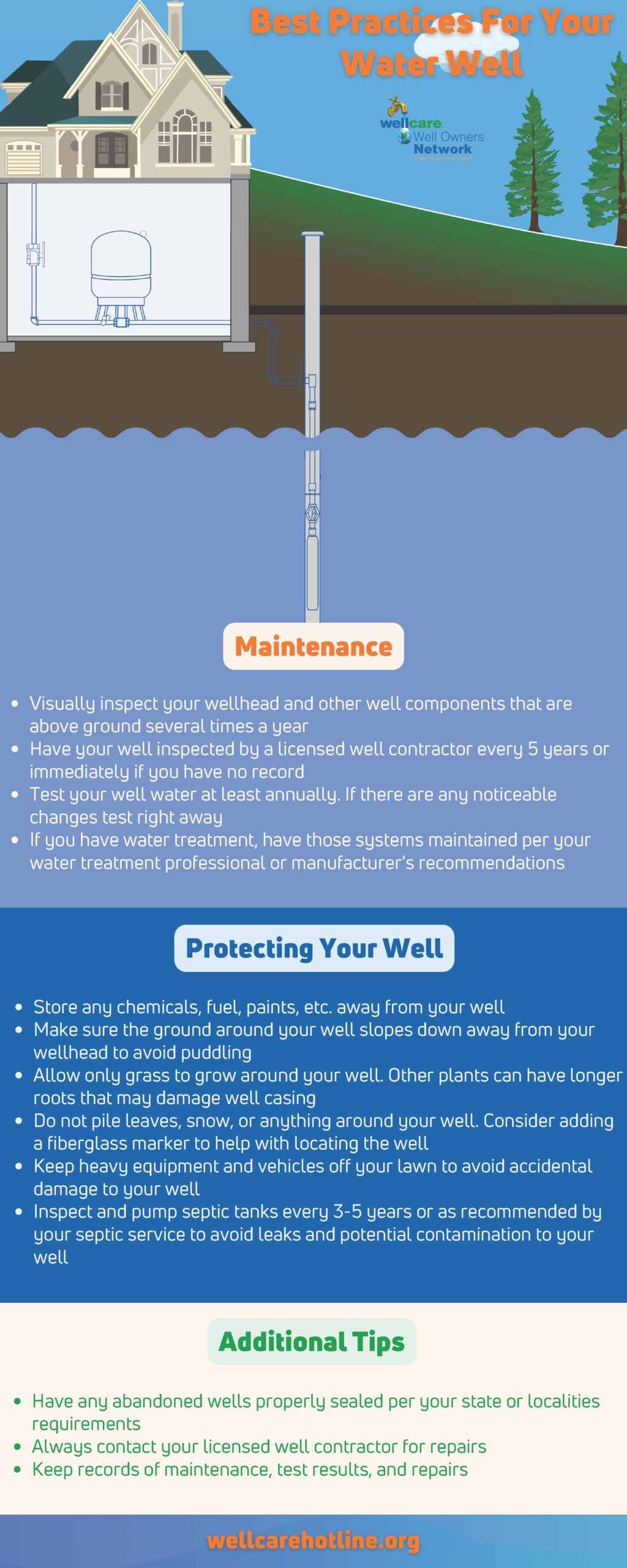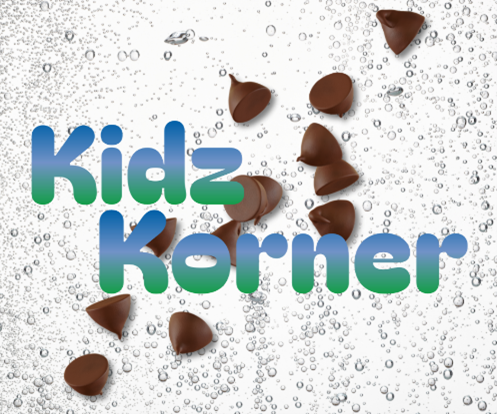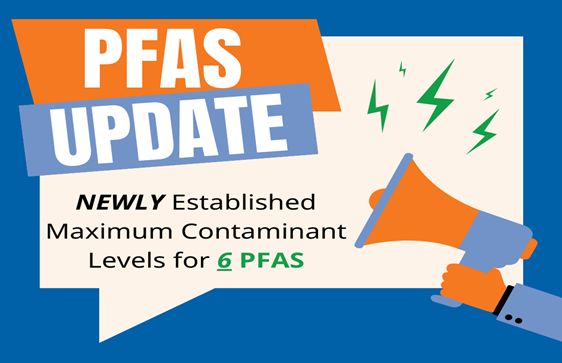This fun, hands-on experiment can help you teach your children about aquifers (where the water in your well comes from). It demonstrates how pollution can get into your well water, as well as how pumping the well water causes the water table to drop. Read the instructions below for a step-by-step guide on how to make one!
Take a short video or photo of your edible aquifer and post it on our social media pages with #kidzkorner for a shout-out.
What you’ll need:
- Small gummy bears, chocolate chips, crushed cookies, breakfast cereal, or crushed ice
- Food coloring
- Vanilla ice cream
- Club soda or Sprite
- Cake decoration sprinkles and sugars
- Drinking straws
- Spoons
- Clear cups
Instructions:
- Fill a small, clear cup about one-third of the way with your first ingredient. This represents all of the sand, gravel, and rocks in the aquifer.
- Cover your “gravel, sand, and rock layer” with clear soda which represents water. This is our groundwater. See how the “water” fills in the spaces around the “gravel, sand, and rock.”
- Spread a layer of ice cream over the soda. This layer of our aquifer is called the confining layer, which is usually clay or dense rock. The water is confined below this layer.
- The next layer is our top layer of soil. Decorating sprinkles and some colored sugar can be used to represent this layer.
- Add some food coloring to a small amount of soda. The coloring represents pollution. Can you think of some pollutants that can affect groundwater? Watch what happens when we pour it on the land.
- Using your straw, drill a well (push the straw down toward the bottom of the cup) into the center of your aquifer.
- Slowly begin to pump the well by sucking on the straw. Watch as the water table goes down. Also, watch and see how the contaminants can get sucked into the well area and end up in the groundwater by eventually leaking through the confining layer.
- Pretend it’s raining and recharge the aquifer by adding more soda. A real aquifer takes a lot longer to recharge, this is just an example to speed up the process.
- Now it’s time to enjoy your aquifer!
Adapted from https://neponset.org/wp-content/uploads/2023/08/How-to-Make-an-Edible-Aquifer-1-1.pdf
